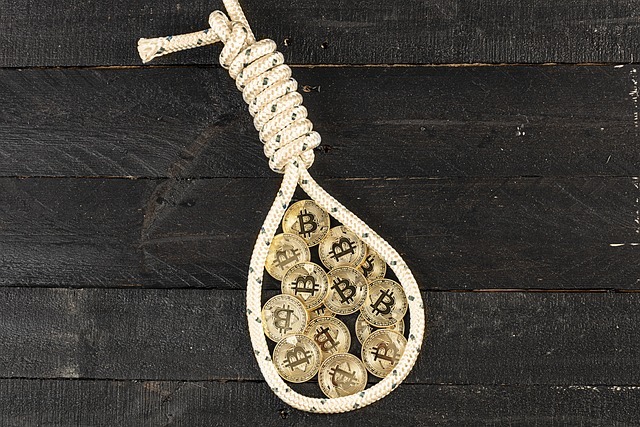- Bitcoin mining costs vary widely among major firms, with some extracting Bitcoin for as little as $21,000 per coin while others face costs exceeding $48,000, creating a stark profitability divide.
- Companies with lower costs, like Marathon and Riot, maintain strong profit margins, whereas high-cost miners risk financial strain if Bitcoin prices drop.
Bitcoin mining is a business of extremes, where profitability is determined by efficiency, operational costs, and energy consumption strategies. As Bitcoin trades at $81,626—just shy of the $82,000 mark—the wide disparities in mining costs among major public firms reveal deep divides in the industry. While some companies extract Bitcoin for as little as $21,000 per coin, others face costs exceeding $48,000, raising questions about sustainability and competitive advantage.
Why Do Bitcoin Mining Costs Vary So Much?
The estimated average cost to mine one Bitcoin, according to Macromicro.me, stands at $85,233 as of March 9, 2025. This estimate, based on the Cambridge Bitcoin Electricity Consumption Index, assumes a global electricity rate of $0.05 per kilowatt-hour. However, this approach overlooks key factors like hardware efficiency, labor, maintenance, and energy procurement strategies.
For instance, Marathon Digital Holdings (MARA), the largest publicly traded Bitcoin mining company, reported a per-coin production cost of $28,801 in its Q4 2024 earnings. This efficiency is largely due to strategic energy procurement and scaled operations. Riot Platforms, another major player, reported a cost of just $21,482, benefiting from Texas-based power credits and immersion cooling technology. In contrast, Hive Digital Technologies recorded a much higher cost of $48,308 per Bitcoin, highlighting the financial strain associated with high-cost energy commitments.
The Profitability Divide
Among the 12 publicly listed mining firms examined, only a handful disclosed transparent cost breakdowns. For those that didn’t, researchers applied an estimated cost of $25,000 per Bitcoin based on earnings reports and a 2025 mining sector analysis by Canaccord.
This cost disparity creates two distinct groups within the industry:
- Low-cost miners (under $25,000 per BTC): These companies enjoy a strong profitability buffer even if Bitcoin prices dip significantly. Marathon and Riot fall into this category.
- High-cost miners (above $30,000 per BTC): These firms face tightening margins, making them vulnerable to price drops. Hive and similar companies need Bitcoin prices above $48,000 to remain profitable.
What This Means for the Future of Mining
With Bitcoin trading 2.3% below Macromicro.me’s estimated mining cost but well above many firms’ actual costs, efficiency remains the key to survival. Marathon and Riot, for example, could withstand a Bitcoin price drop to $28,000, while higher-cost miners would be forced to scale back or risk losses.
As the industry continues to evolve, companies investing in energy-efficient infrastructure and favorable power contracts will gain a significant edge. The divide in mining costs is not just about electricity—it’s about innovation, operational strategy, and the ability to adapt in an increasingly competitive landscape.

